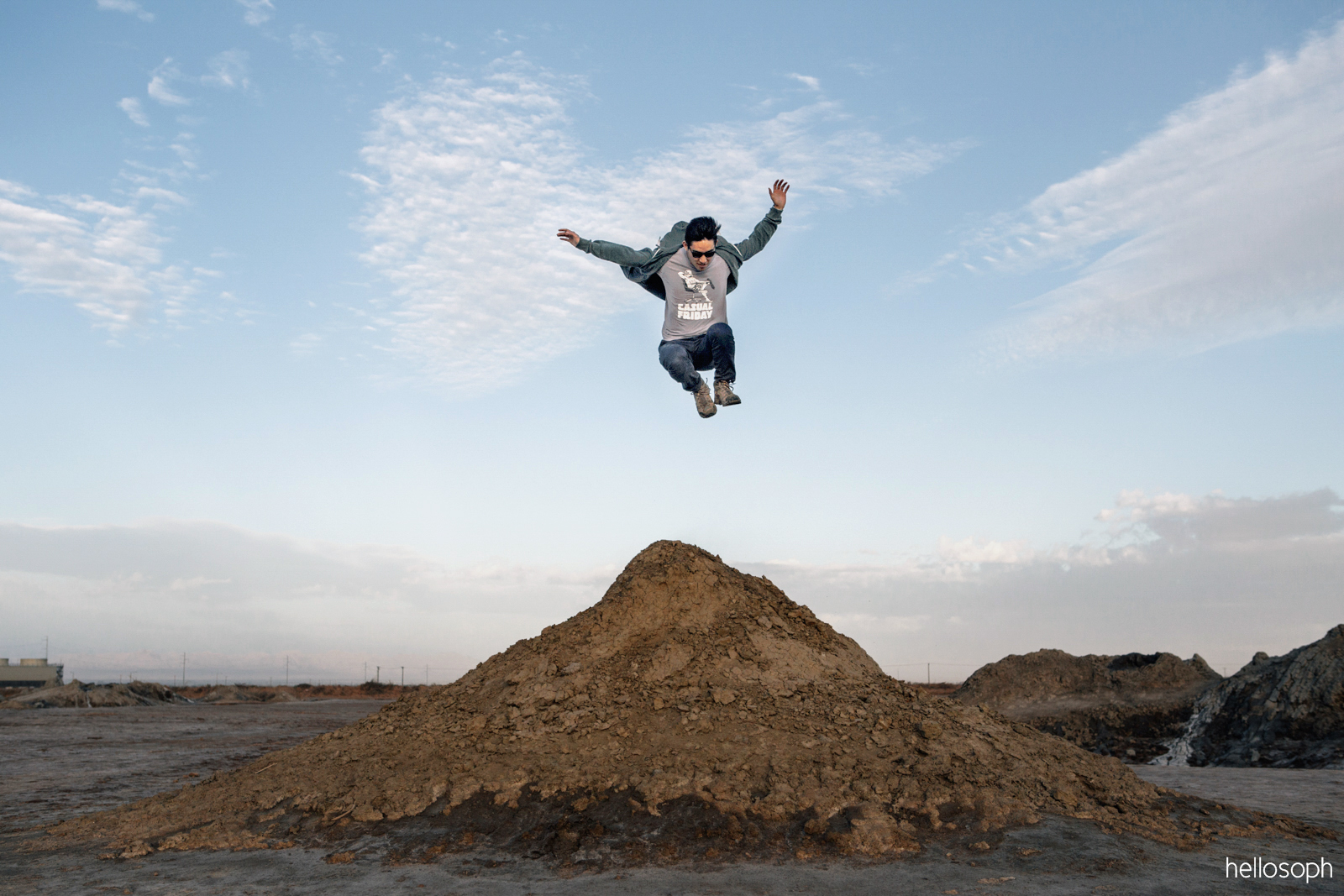The appeal of “difference” is undeniable. It is what drew my boyfriend, Jay, and my good friend, Justin, and I out to the Salton Sea, an approximately two and a half hour drive from Los Angeles.
As a result of an engineering error, the Salton Sea officially formed in 1905 (it served as a dry basin and lake intermittently for millions of years prior). The town of Salton and parts of Cahuilla Native American land disappeared under the saline water. A mildly successful resort, yacht club, and small town subsequently popped up along the water’s edge and later, also suffered from the rising sea.
What remains is a murky lake, camping grounds, and a few tiny towns. In many ways, it is quite unremarkable, but since it differs from the metropolis of LA, provided some intrigue. We stopped by the International Banana Museum, which boasts the largest collection based on a single fruit, and continued driving down the 111 highway. As Justin pointed out, passing through Bombay Beach and Niland felt a bit like a slum tour; there were buildings in varying states of disarray, sprinklings of tilapia or seagull carcasses, and people who still lived in this area. Fortunately, the stench of rotting remains was abated by perfectly mild weather, and we were also lucky to avoid peak fish die-off season.
Southeast of Salton Sea is Salvation Mountain. Created by the late Leonard Knight, this odd mountain comprises of adobe, straw bales, and heaping amounts of paint. Emblazoned on the front of the mountain are the words, “God is love,” bible verses, and a colorful array of flowers and abstract shapes. Volunteers maintain the mountain, receiving paint and funding solely from visitors.
Beyond Salvation Mountain is Slab City, a sprawling community of trailers, art installations, and off-the-grid dwellers atop a former Marine training base. We didn’t linger long here, as it seemed that most campers would like to enjoy their privacy.
Our final stop was to see the mud pots and mud volcanoes. Out in the Davis-Schimpf Seep Field with a power plant blowing steam in the background were these curious mounds and shallow craters. The surrounding ground was surprisingly dry, and as we approached, we heard bubbling. We could also hear the hissing of a gas seeping through the volcanoes’ cracks. I found the humble pops of mud pots greatly amusing – how often does one observe, as Jay said so eloquently, the earth farting?

